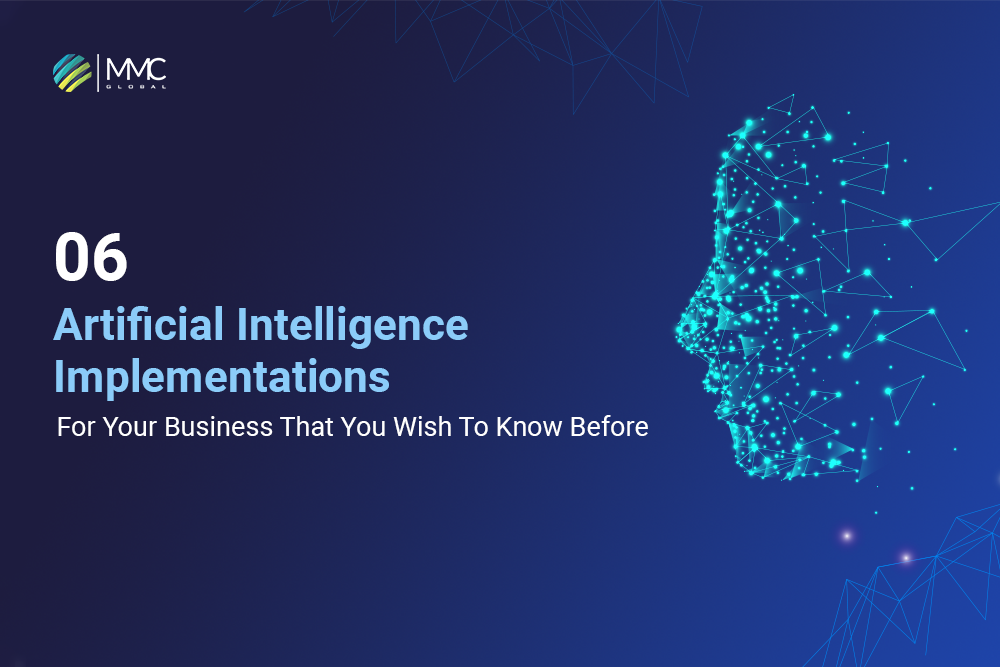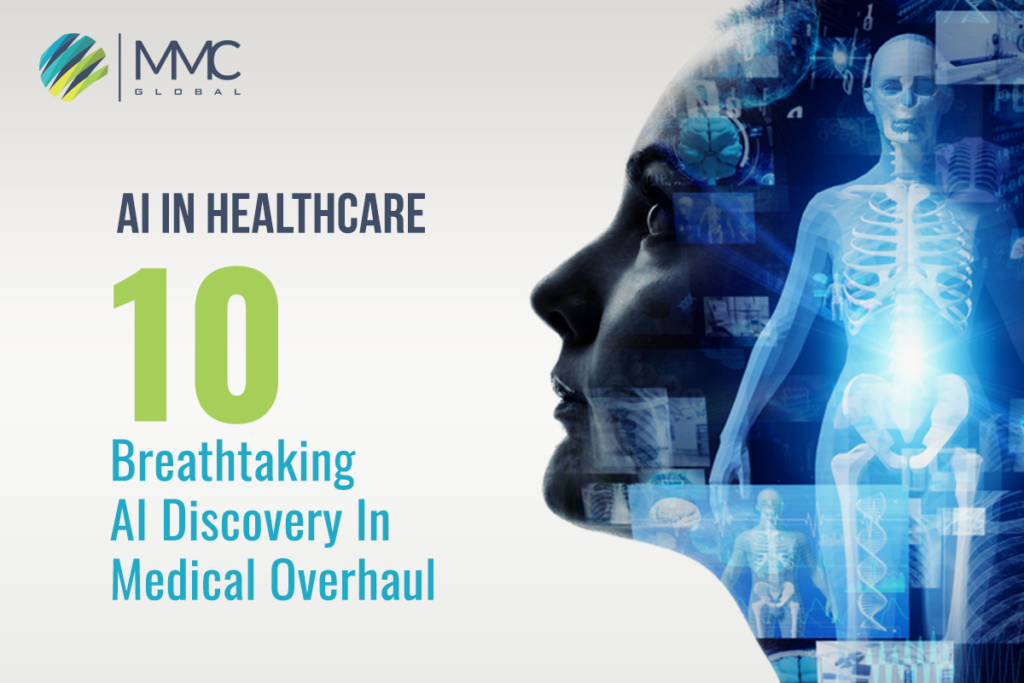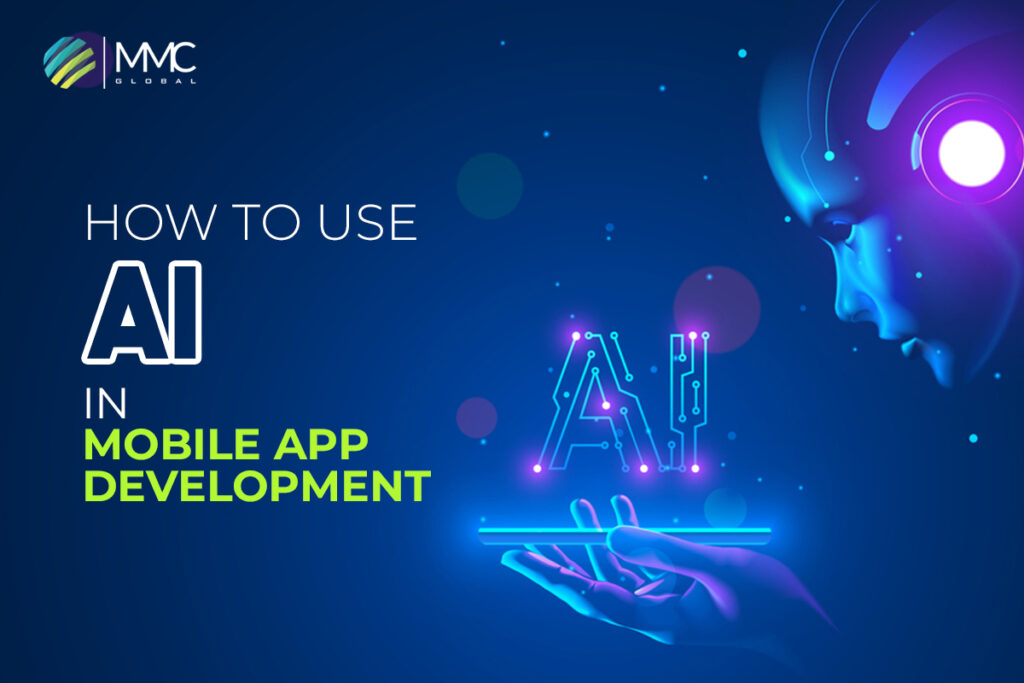A minor distinction from predefined attributes of a manufacturing product matters a lot to reach the final product. After several inspections, you should modernize your quality control process if the final product still encounters any issues. In this cutting-edge era, where AI helps in multiple sectors, visual quality control also praises AI capabilities to ensure product quality.
Have you ever wondered how a company makes the same size of biscuits in every packet or how a car of identical models is exactly the same without an inch of difference? These are all about quality control processes in organizations.
Well, quality assurance is an important process for organizations to ensure adequate user deliverables. Whether you belong to the automotive or any other manufacturing industry, quality assurance and testing of accurate size, density, taste, and other aspects is highly integral. And guess what? AI is now at the forefront of visual quality control to modernize the inspection and quality assurance process.
In this article, you will understand the role of AI in visual quality control and why the dynamics of visual quality are important for industries. Let’s dive deeper.
What is Visual Quality Control?
Visual quality control is an indispensable element of quality assurance that helps manufacturers maintain the quality of their products. A strategic visual quality control process ensures the product meets the predefined standards and is ready for market use. Visual quality control basically intrudes on the visualization of products in terms of size, color, feel, texture, shape, dimension, labeling, finishing, and overall visibility.
The role of visual quality control is to identify irregularities, defects, and misunderstandings in designs that impact overall product appearance and functionalities. The visual inspection and assessments require experts who can locate slight changes in your product, whether a giant vehicle or a piece of fabric.
In order to ensure product integrity or brand success, many leading companies have implemented AI visual quality control systems that reduce the chances of defective articles to zero. With the help of Artificial Intelligence, early detection of defaults and defects is possible, ultimately saving time and cost for the organizations. The AI-powered inspection enables us to take corrective measures in real-time during production to meet the predefined quality standards.
The Role of AI In Visual Quality Control
Implementing AI in any form is always a win-win situation in business. Whether you automate workflows and customer support or predict the future to identify areas of improvement and growth of the business, AI emerges as a dominant technology.

Automated Defect Detection
AI encourages sustainable production by learning standardized datasets of defective and non-defective standards from the initial to the last stage. AI technologies like Machine Learning and computer vision help generate related algorithms that thoroughly define the consistency and unification of products. The AI-powered visual quality control allows early detection of quality issues before reaching out to the customers.
Consistency & Assessments
AI has the power to memorize and train on the specified patterns to inspect products. Inspecting every product detail according to the standards ultimately validates the consistency of your production without any human error. Furthermore, it automates the assessment of manufactured items with extreme efficiency and effectiveness. Delivering a consistent product in the market increases customer satisfaction and strengthens the value proposition.
Elevate Efficiency & Effectiveness
AI speeds up the quality assurance process by simplifying the inspection of products in bulk. Traditional quality control is way too difficult to analyze many products thoroughly and takes time. With AI visual quality control, manufacturers can quickly determine the defective and non-defective pieces of product. That ultimately enhances the efficiency and effectiveness of inspection and generates more products in less time.
Real-time Monitoring and Predictive Insights
During production, AI allows real-time monitoring to detect unusual product designs on the spot. It can also predict areas of improvement by integrating the AI predictive analysis model. You can stop propagating throughout the production line by taking corrective measures as soon as a defect is detected.
Data-Driven Decision Making
In the realm of AI Visual Quality Control, data-driven decision-making involves utilizing the immense amount of visual data generated during the inspection process. Decision-makers can then use these insights to make informed choices regarding production processes, resource allocation, and quality improvements. Data-driven decision-making ensures a proactive and strategic approach to quality control, leading to optimized operations, reduced downtime, and a more efficient manufacturing environment.
Customizability and Flexibility
Customizability and flexibility in the context of AI Visual Quality Control denote the adaptability of these systems to diverse manufacturing needs. Businesses can customize the algorithms and parameters of AI-driven quality control to align with specific quality standards, product types, or industry requirements. The technology’s flexibility enables it to integrate seamlessly into various production workflows, accommodating different manufacturing environments. This adaptability ensures that AI Visual Quality Control is not a one-size-fits-all solution but a versatile tool tailored to suit the unique demands of other industries and manufacturing processes.
Viable For Complex Data
The power of AI is highly immersive when it comes to learning complex data to automate tedious tasks. Organizations that produce more than one product have huge amounts of data. And AI needs to train on each dataset to ensure the efficiency of quality control.
Integration with Industry 4.0 Technologies
Integrating AI Visual Quality Control with Industry 4.0 technologies signifies the alignment of advanced manufacturing processes. Industry 4.0 refers to integrating smart technologies such as IoT, robotics, and automation into the manufacturing ecosystem. AI in Visual Quality Control seamlessly integrates with these technologies, becoming a pivotal component in the era of smart factories. This integration enhances overall connectivity and facilitates real-time data exchange. Moreover, it contributes to creating intelligent, adaptive manufacturing systems that define the Industry 4.0 paradigm.
Reduced Costs and Increased ROI
In AI Visual Quality Control, data-driven decision-making involves utilizing the immense amount of visual data generated during the inspection process. Machine learning algorithms analyze this data to derive actionable insights. Decision-makers can then use these insights to make informed choices regarding production processes, resource allocation, and quality improvements. Data-driven decision-making ensures a proactive and strategic approach to quality control, leading to optimized operations, reduced downtime, and ultimately, a more efficient manufacturing environment.
Wrapping Up
AI in visual quality control is a forward-thinking implementation in manufacturing and production companies. The early detection of unusual errors during production and achieving desired consistency in bulk products is now possible with AI visual quality control. There are fewer chances of encountering casualties or inconvenience in the visualization of the product.
Automating visual quality control can enhance efficiency, increase production, reduce errors, and save time & cost. If you belong to a company struggling with quality control, AI is for you! Let’s transform your business operation and automate the quality assurance department to revolutionize production.



